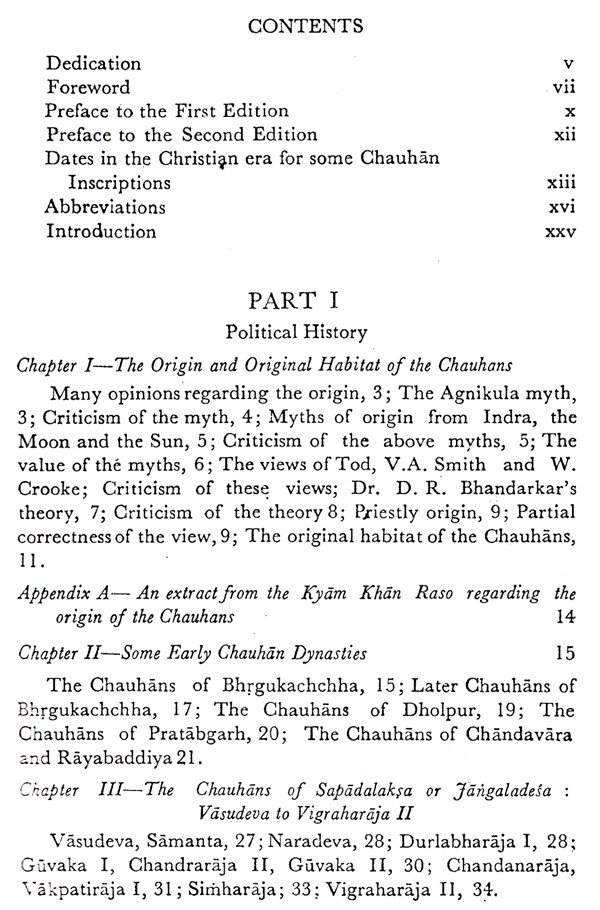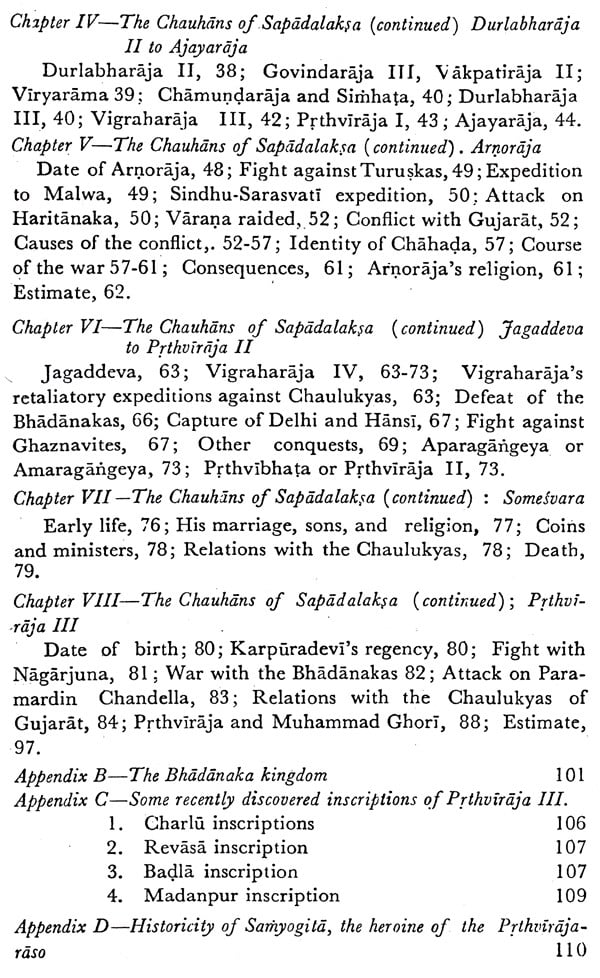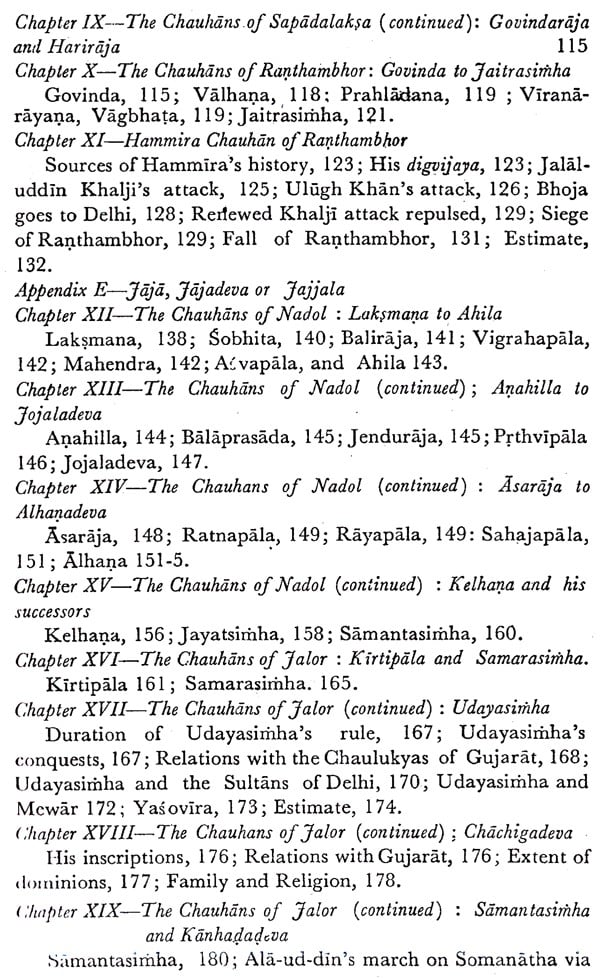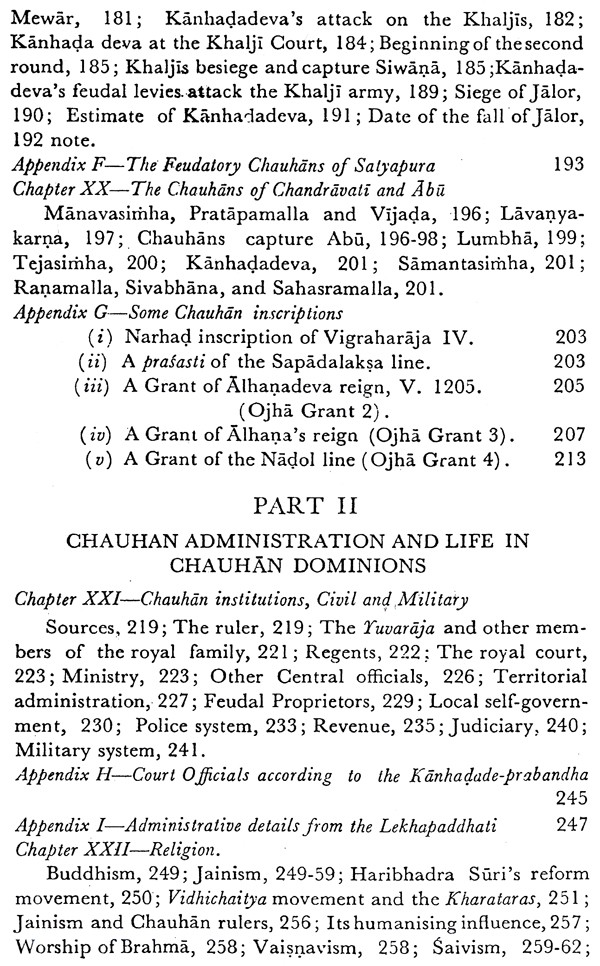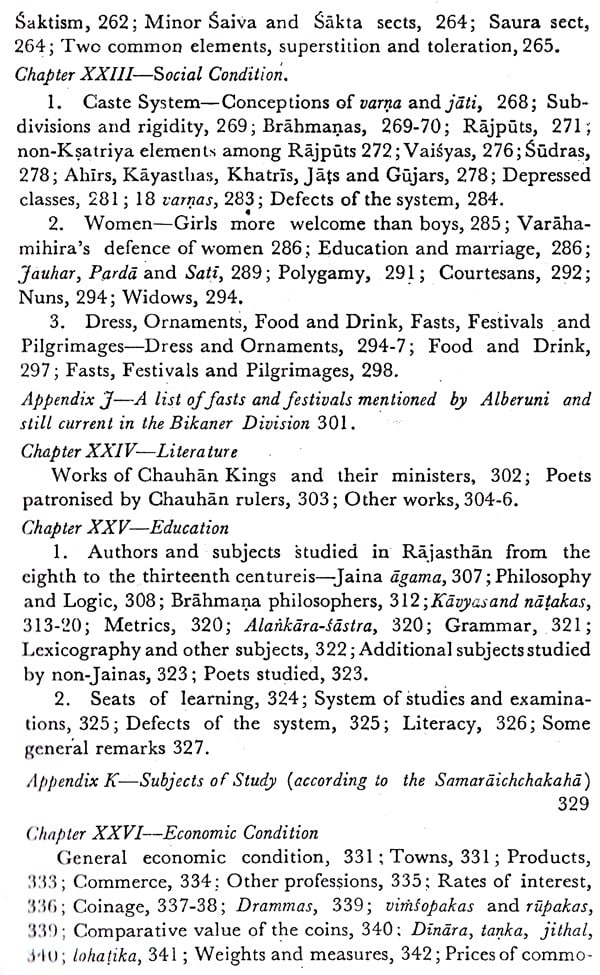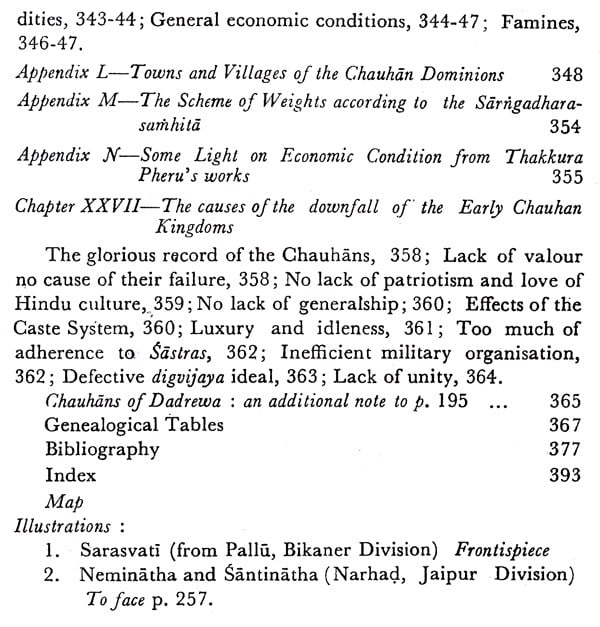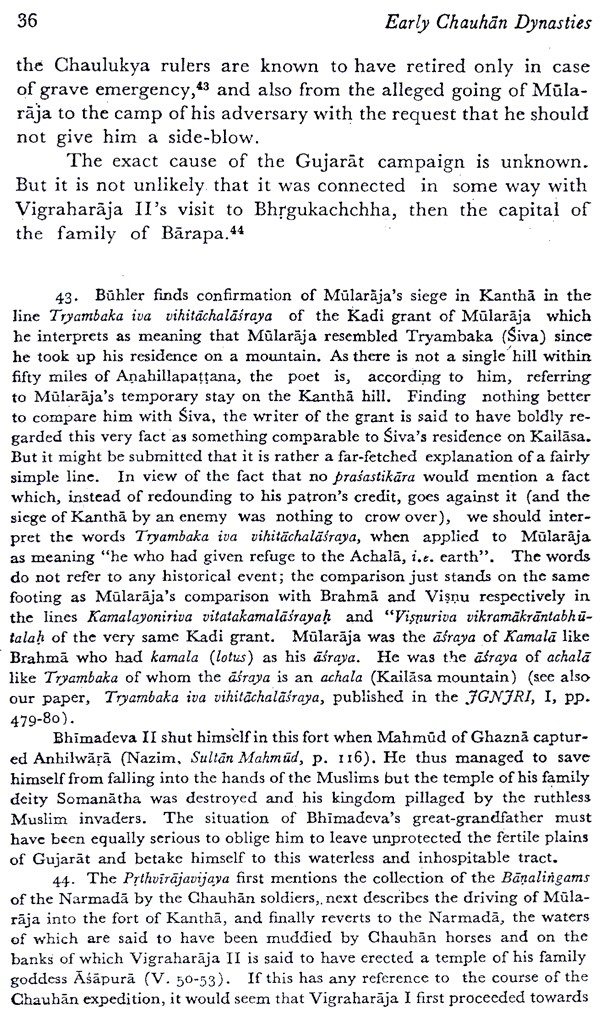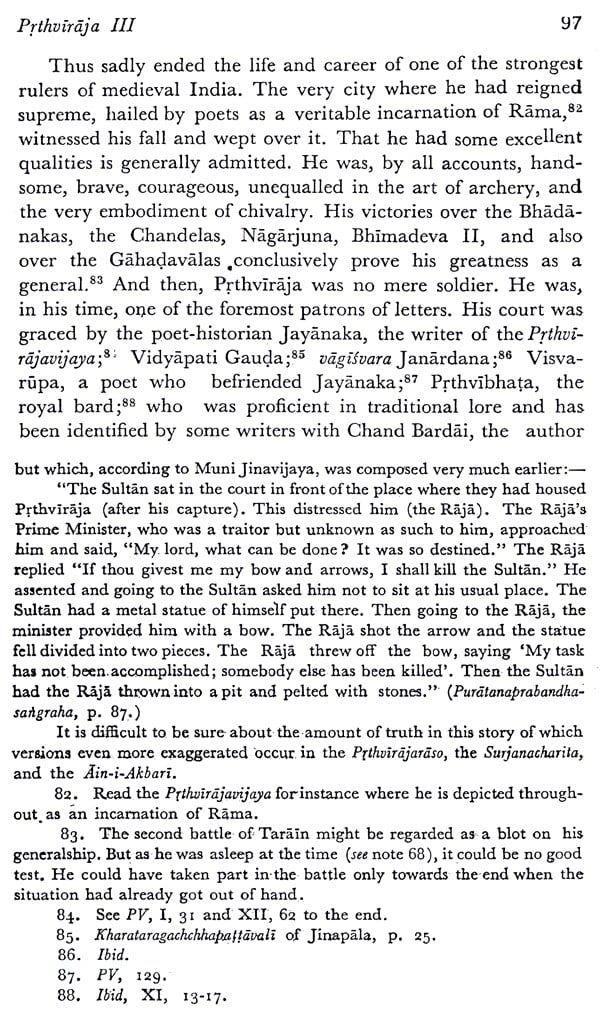
Early Chauhan Dynasties
Book Specification
| Item Code: | NCZ116 |
| Author: | Dasharatha Sharma |
| Publisher: | Books Treasure |
| Language: | English |
| Edition: | 2016 |
| ISBN: | 9789384385040 |
| Pages: | 407 |
| Cover: | HARDCOVER |
| Other Details | 9.00 X 6.00 inches |
| Weight | 690 gm |
Book Description
There is no better theme for history than the determined struggle of a brave people for the maintenance of its liberty, religion and culture. According to all our accounts, old as well as new, the eponymous hero, Chahamāna or Chauhāna, was created to fight for and defend all that is best in the Indian values of life. His descendants, Arņorāja, Vigraharāja IV, Prithvīrāja III, Kelhaṇa, Kīrtipāla, Hammīra, Sātala and, Känhaḍadeva, to name only the best known among them, did much to fulfill this mission; and that their example remained neither un admired nor un imitated can be seen from something akin to national resistance that Alä-ud-din Khalji had to en counter in the desert State of Jailor.
A detailed history of the Chauhans and the life in their dominions has long been overdue; and this thesis, which was approved for the award of the D.Litt. degree by the University of Agra and is published here in a slightly revised form¹ may in some measure supply this desideratum. I have utilized some newly discovered Chauhan inscriptions and old manuscripts, not available to Dr. J. Kielhorn, Dr. D.R. Bhandarkar, and Mahāmahopādhyāya Dr. G.H. Ojha, and reinterpreted some of the old records, literary as well as epigraphic, discarding even generally accepted interpretations, if they either went against Sanskrit grammar or well-known facts of history. Praise has been given where it is due; but I have not failed to point out also the political blunders of Chauhan leaders like Prthvi rāja III and Hammira.
Part I (Chapters I-XX) deals with political history. Part II (Chapters XXI-XXVII), which occupies almost as much space as the first one, gives the first systematic account of the religious, social, economic, literary and educational conditions in the Chauhän dominions from c. 800 to 1300 A.D. In the last chapter I have discussed the causes of Chauhan failure in their fight against the Muslims.
The struggle of Hindu Kingdoms during the three centuries of Islam's fight for the political domination of North India is one of the least known chapters of India's mediaeval history. European historians, depending almost exclusively on the chronicles of Muslim court analysts, had familiarized us with the invaders' version of the conquest. But a little reflection would have shown that Hindu dynasties could not have survived in Rajasthan, Central India and Bundelkhand, if the resistance of the people had not been determined, continuous and effective over large areas. It is in this important field that Dr. Dasharatha Sharma has long been known as a patient, competent and accurate worker; and his numerous contributions, published in Journals devoted to historical research, have helped to shed new light on this period of history.
In his present volume Dr. Sharma gives us, for the first time, a connected history of the Chauhāns, from their beginn ings in Bhṛgukachchha in eighth century A.D. to the time of Ala-ud-din Khalji and Hammira in the fourteenth. From the time of Mohammad Ghori's invasion, the Chauhāns played a heroic role in the defence of freedom which ends only with the death in battle of Kanhaḍ Deva, defending his capital against the might of Ala-ud-din. Two of the greatest and famous Chauhan rulers whose achievements have been immortalised in literature Prthviraja III of Ajmer and Hammira of Ranthambhore, deserve to rank high in India's role of honour.
I have always held that works, like Prthviraja-vijaya and Hammira-mahākāvya, are entitled to greater credence as historical sources than has so far been accorded to them. Their kavya style and rhetorical exaggerations should not mislead the discriminatory student into the idea that the incidents around which they weave their narrative are not historically true. Even Bāņa's Harshacharita, second only to Kadambari as a prose-kavya, has been found to be a store-house of historical information. Dr. Dasharatha Sharma, I am glad to see, has made a discriminatory use of literary material derived from different sources.
**Contents and Sample Pages**
